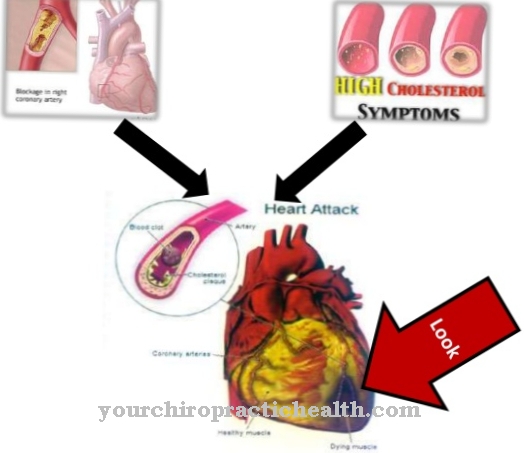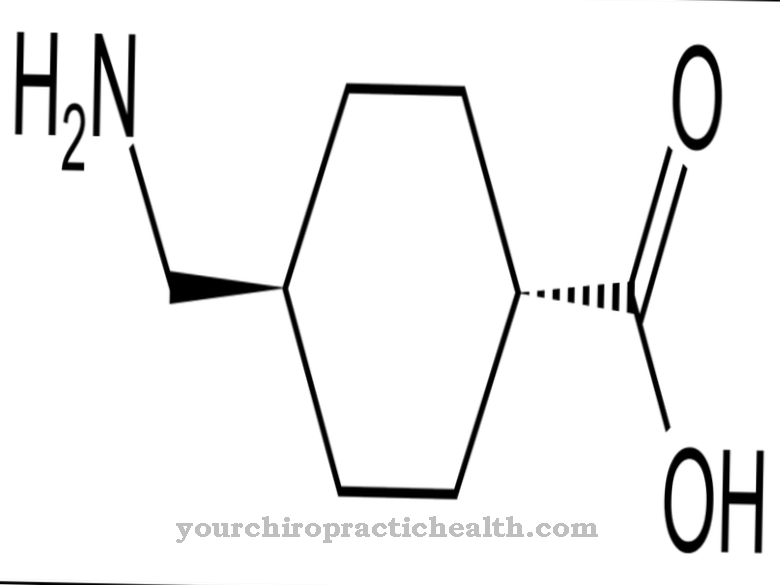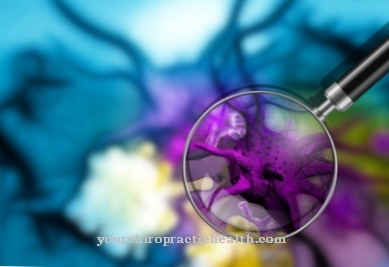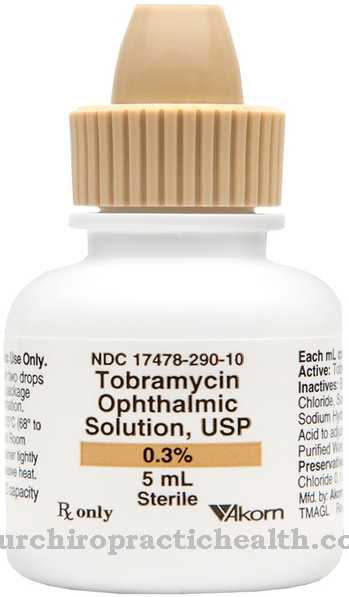Paliperidone is an atypical neuroleptic. It has a high neuroleptic potency.
What is Paliperidone?

Paliperidone belongs to the group of atypical neuroleptics. The drug is used against schizophrenia in the EU under the product names Invega® and Xepilon®. Paliperidone is the main active metabolite of the active ingredient risperidone.
Paliperidone was approved for the whole of the European Union in 2007. A year later, Switzerland joined. However, Austria is an exception. The remedy is not available there because the main association of Austrian social insurance institutions has refused to accept it.
In 2014, press reports of the deaths of 17 Japanese schizophrenia patients who had previously been injected with paliperidone caused a stir. However, it is not clear whether the active ingredient contributed to the death of those affected. In addition, it was not advised against taking it, so paliperidone is still on the market. In addition, there have been no warning messages from German or European approval agencies so far.
Pharmacological effect
Because of their sedating and antipsychotic effects, neuroleptics are considered helpful against schizophrenia. Paliperidone belongs to the atypical neuroleptics and has the effect of inhibiting neurotransmitters such as adrenaline, noradrenaline, dopamine, histamine and serotonin in their mode of action. This also differs from other neuroleptics from the first generation.
The effect arises from the binding of paliperidone to the corresponding receptors in the brain. On the other hand, paliperidone cannot bind to the neurotransmitter acetylcholine. This has the advantage that there is less reduction in movements and less rigidity than with other neuroleptics. Likewise, fewer involuntary movements of the mouth and tongue are recorded by paliperidone in contrast to the classic neuroleptics.
The oral bioavailability of paliperidone is 28 percent. For the absorption of the neuroleptic, it is important whether it is taken after a meal or on an empty stomach. Once the patient has decided on one of these two dosage forms, he should stick with this consistently.
The breakdown of paliperidone takes place primarily through the kidneys. The dose may need to be reduced depending on how well the patient's kidneys are working.
Medical application & use
As a rule, paliperidone is only administered against schizophrenia. However, since 2011, the remedy has also been considered suitable for treating manic and psychotic symptoms in schizoaffective disorders. Paliperidone is the first neuroleptic in the European Union that is used against these symptoms.
On the other hand, paliperidone was withdrawn for the treatment of acute manic episodes in the context of bipolar disorders. The reason for this was the insufficient clinical evidence for the effectiveness of the agent.
Paliperidone can be administered either in the form of tablets or as an injection, which has a long-term effect. In the case of injection administration, the psychotic symptoms should be mild to moderate. In addition, therapy with a depot antipsychotic must be necessary. Paliperidone tablets are taken once a day, always at the same time of day.
You can find your medication here
➔ Medicines to calm down and strengthen nervesRisks & side effects
As with other neuroleptics, the use of paliperidone can cause undesirable side effects. However, these do not automatically show up in every patient. In most cases, the affected people experience headaches and insomnia. Furthermore, sore throats, respiratory tract infections, a stuffy nose, upset, joint pain, movement disorders, a rise in blood sugar level, involuntary movements, restlessness when sitting, drowsiness, dizziness, nausea, vomiting, high blood pressure, constipation, diarrhea, abdominal pain, racing heart, tremors, back pain , Rashes on the skin, body aches, feelings of weakness and toothache occur. If paliperidone was given as an injection, pain or hardening can sometimes be seen at the injection site.
If a patient develops symptoms of a neuroleptic malignant syndrome such as stiffening of the muscles, overheating and disturbances of consciousness, the preparation must be discontinued immediately. The same applies to involuntary facial and tongue movements.
There are also some contraindications to paliperidone. The neuroleptic must not be administered if the patient is hypersensitive to the active ingredient or risperidone, which is related to paliperidone.
The use of the agent is also not advisable in the case of severe functional disorders of the kidneys. The risk and benefit of paliperidone treatment should be precisely assessed by the doctor in the case of cardiovascular diseases such as a heart attack, heart failure or low blood pressure, diabetes mellitus, impaired liver function, epilepsy, vein blockages, Parkinson's disease and dementia.
During pregnancy and breastfeeding, paliperidone should only be administered if absolutely necessary. This can lead to temporary nerve disorders in the infant. Administration of paliperidone to children and adolescents is not permitted, as there is no knowledge of the effects and side effects of the drug.
When using paliperidone, attention should also be paid to interactions with other drugs. This is especially true for drugs that change the heart rhythm. These include above all antiarrhythmics such as sotalol, disopyramide, amiodarone and quinidine. Various antipsychotics, H1 antihistamines and antimalarials such as mefloquine are also affected.
Because paliperidone affects the brain, caution should also be exercised when administering brain-acting drugs such as opioid pain relievers, sleeping pills or alcohol at the same time.
Paliperidone has a deleterious effect on levodopa and other drugs used for Parkinson's disease. The use of antihypertensive agents is also considered risky, since paliperidone can cause an abrupt drop in blood pressure.



























